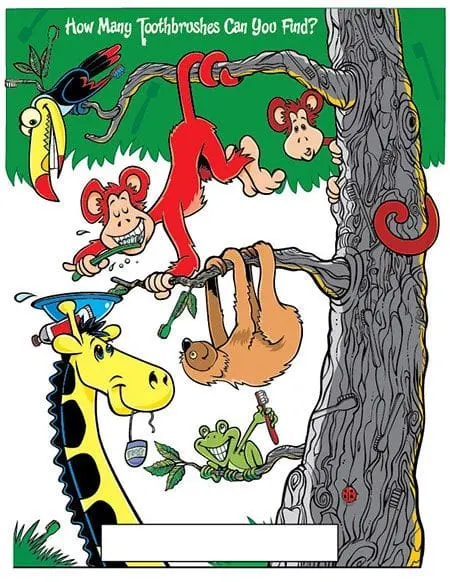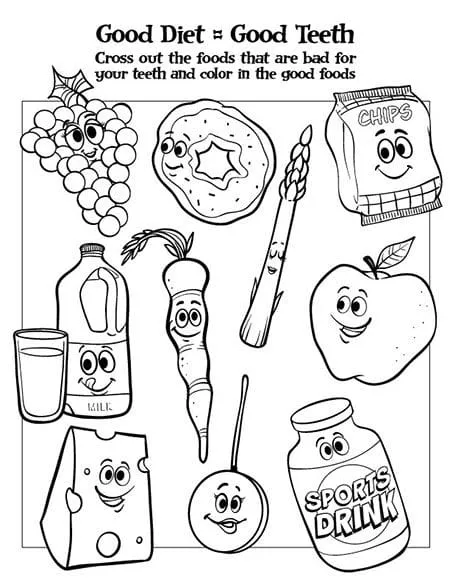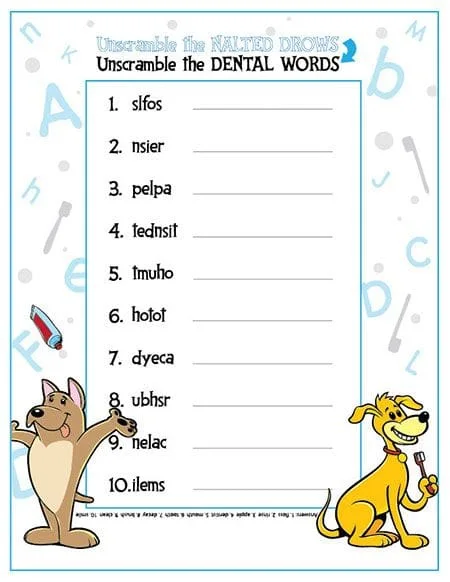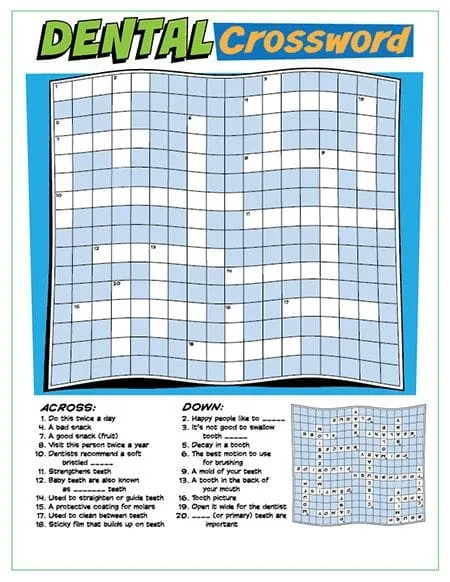PATIENT FORMS
Our office, as well as the American Academy of Pediatrics (AAP), the American Dental Association (ADA), and the American Academy of Pediatric Dentistry (AAPD) recommends establishing a "Dental Home" for your child by age one. Children who have a dental home are more likely to receive appropriate preventive and routine oral health care.
You can make this first visit to the dentist enjoyable and positive. The most important activity in helping a child with dental office visits is the early and regular practice of brushing your child's teeth at home. If old enough, your child should be informed of the visit and told that the dentist and his staff will explain all procedures and answer any questions.
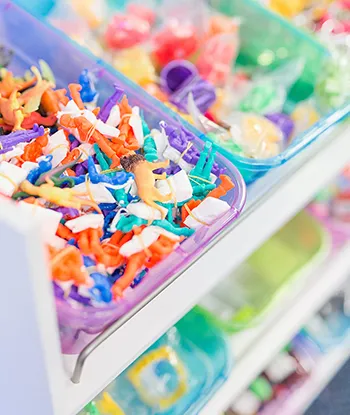
It is best if you refrain from using words around your child that might cause unnecessary fear. The use of appropriate vocabulary is critical in guiding a child through the dental experience. Our office makes a practice of using words that convey the dental message, but are pleasant and non-frightening to the child.
For patients under age 4, we ask that you schedule your child in the morning, it is important for us to establish a relationship with both the child and the parent, and we have developed a system that gradually develops your child into a dental patient. These stages are as follows:
- Knee-to-knee exam (ages 0-3): This is an exam performed with the child sitting in Mom or Dad's lap and is used to help educate parents on making the home care experience more efficient and comfortable, while allowing us to evaluate the overall oral health of your child.
- Transition Room exam (ages 3-4): This exam is usually performed closer to the child's fourth birthday or after they have "grown out of" the knee-to-knee exam. Mom and/or Dad still come back to the transition room, but this time the child is encouraged to sit in the dental chair for the exam and cleaning. This step helps the child gain confidence while allowing continued parent/staff/child interaction.
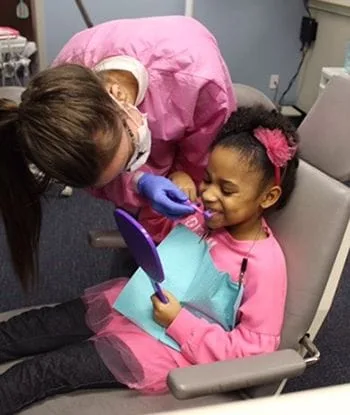
Once they are comfortable with this environment, we encourage them to "graduate" to the "big boy/big girl" room to learn more about routine dental care. For most children this stage happens around age 4. However, some are much earlier and some are later. In most cases, your child has had some experience with daycare, pre-school and at least a couple of visits to our office before the next step.
Once they are ready for the "big boy/big girl” room, we ask that you allow our staff to guide your child through the dental experience while you remain in the reception room. We are all highly experienced in helping children overcome anxiety. Separation anxiety is not uncommon in children, so please try not to be concerned if your child exhibits some negative behavior. This is normal and will soon diminish. Studies and experience have shown that most children over the age of 4 react more positively when permitted to experience the dental visit on their own and in an environment designed for children.
We understand the importance of trust in your dental care team. It is our goal to make your child's dental experience pleasant, and hope that this will help him/her look forward to each dental visit.
Activity Sheets
Want something fun to do? Print one or all of the below Activity Sheets to see if you can conquer the Dental Crossword Puzzle, find all of the Hidden Toothbrushes, Unscramble the Dental Words, or find the Hidden Dental Words. We know you can do it!

